24th Aug 2022
Rolex 'zenith' Daytona - The Birth Of The Waiting List
by Adrian Hailwood
When it launched in 1988, the ref. 16520 Rolex ‘Zenith’ Daytona introduced two novelties that have endured to this day. The first is the automatic chronograph movement; although Tudor adopted the Valjoux 7750 in their ‘Big Block’ chrono in 1976, Rolex had never had one before. The second, and most pertinent to today’s market is the introduction of the waiting list.
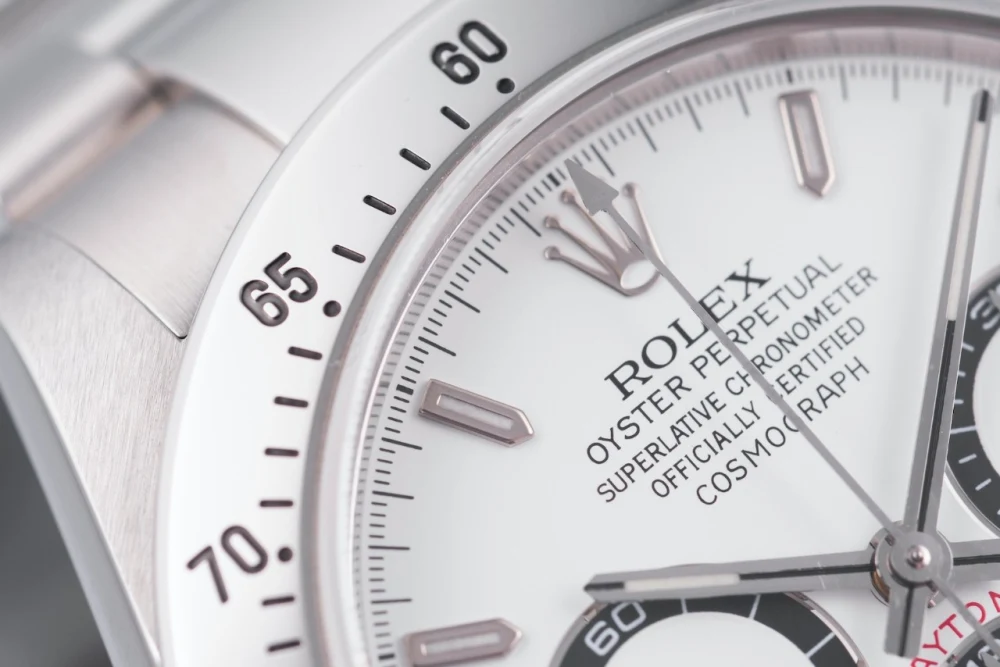
The Rolex Daytona had gone from being perceived as an over-priced watch available from retail at a discount, and one that pre-owned dealers wouldn’t touch, to a sold-out success that took years to obtain and that could immediately be flipped for a profit. The initial RRP at launch for the steel model was £2750, but if you wanted to skip the waiting list, it would cost you £4500+.
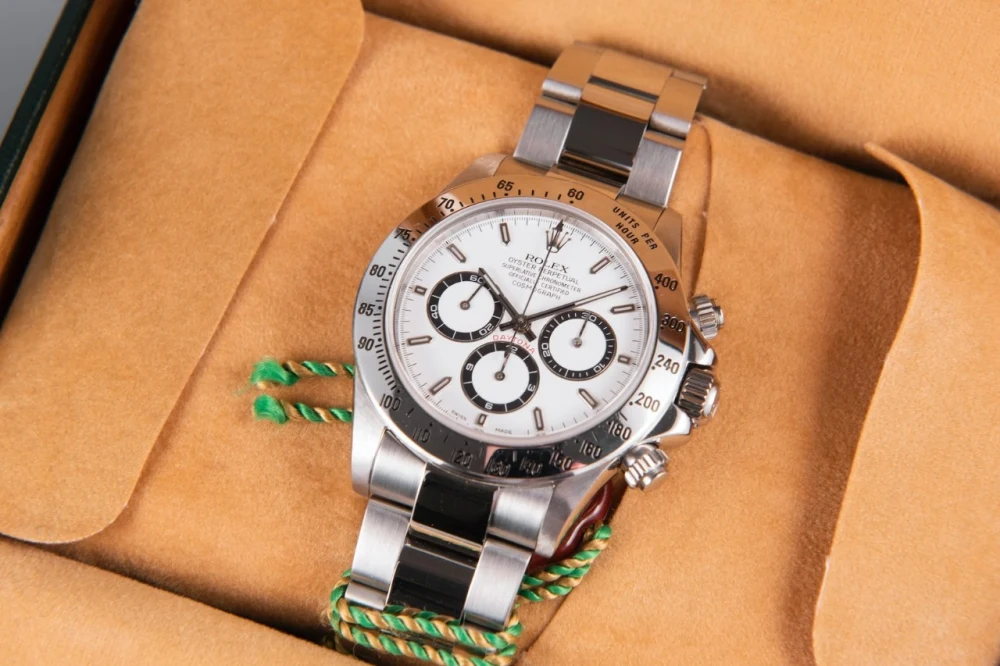
The 16520 Rolex Daytona was not powered by an in-house movement, that development would not happen for another 12 years. Much is made of the choice of the Zenith El-Primero movement by Rolex, but at the time there were few other options. Four years earlier, the 7750 had come back into production, but Rolex couldn’t be seen to use the same engine as Tudor, its little brother brand. Some historians credit Rolex with re-invigorating Zenith’s El-Primero movement, but that honour goes to Ebel in 1981 although they ducked out early to find an alternative once Rolex showed an interest, knowing that they would be side-lined for supply once the Daytona juggernaut started rolling.
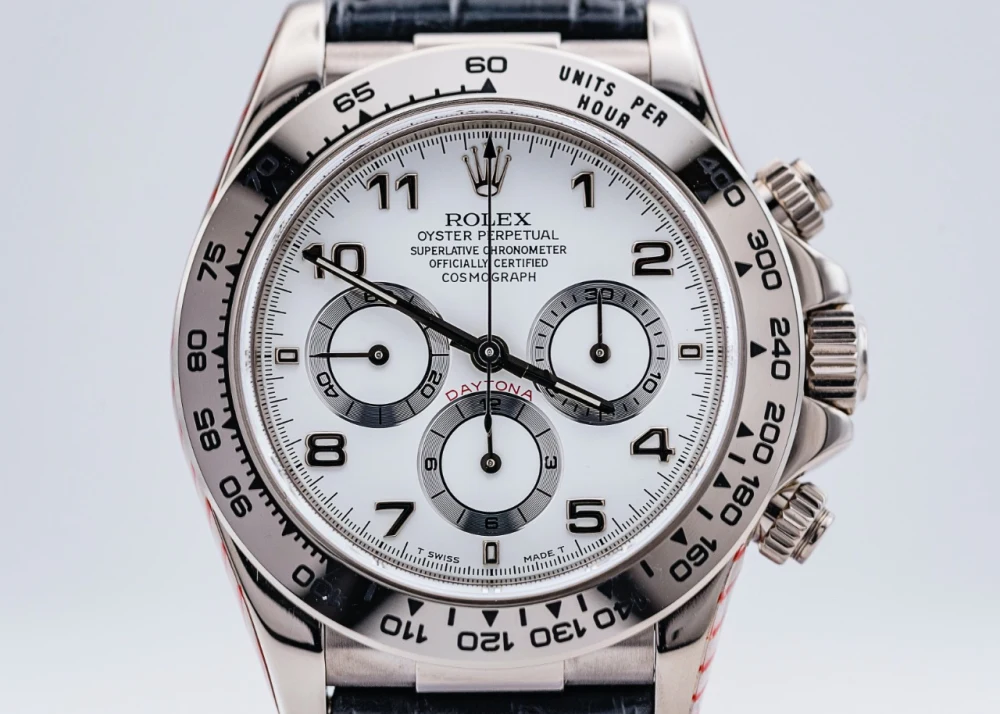
Ebel used the El-Primero as it came off the shelf, but Rolex being Rolex wanted things their way. After signing a 10-year, 7 million CHF deal in 1986, Rolex spent the next 2 years completely redeveloping the movement. Stripping it back to its baseplate, the date function was removed, and the escapement frequency was reduced from the hi-beat 36,000bph to a more standard 28,800bph reducing wear and need for servicing. A slower beat allowed a larger balance and Rolex installed a Glucydur balance wheel, free-sprung in the Rolex style, with Microstella regulating screws. For additional accuracy, the flat hairspring was replaced with a Breguet overcoil. In the end, over half the 400 parts of the El Primero were removed or modified and the calibre 4030 was born.
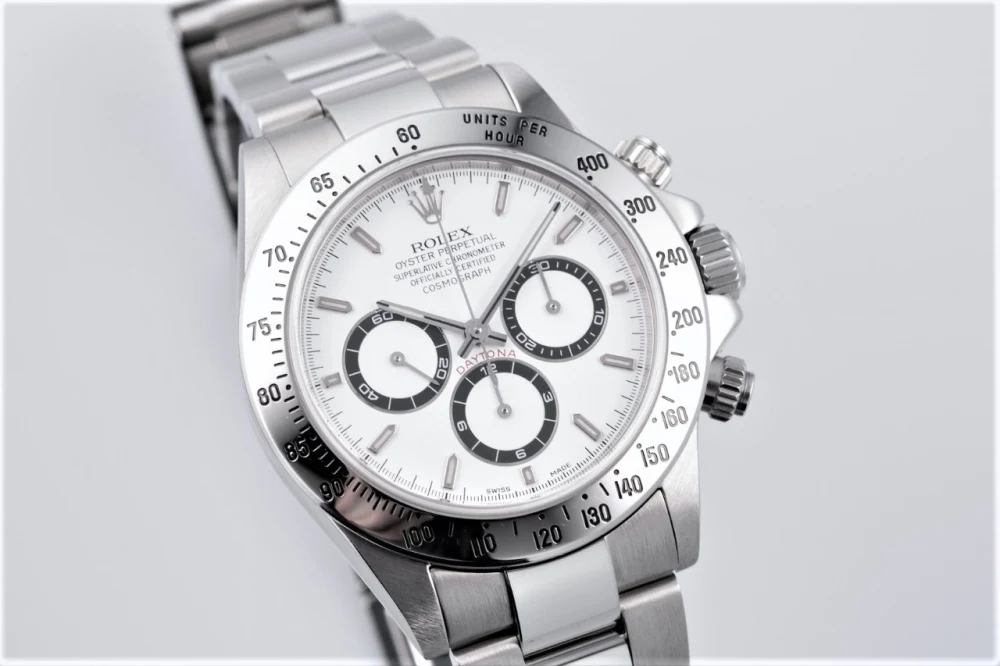
In its 12-year life cycle, the Daytona never dropped in popularity, steadily increasing both in RRP and secondary market value. As is the way of the collectors’ market small variances in dial and bezel layout have created pockets of rarity in the production run, leading to particularly sought-after references. These include the early ‘Floating Cosmograph’, the ‘4 Line’ dials ‘Inverted 6’ and the well-documented ‘Patrizzi’ dials. These remained the high points in value with regards to the collecting market, even after the arrival of the 116520 in 2000 with Rolex’s own movement.
The Rolex ‘Zenith’ Daytona is a great way to connect with the brand’s first ‘Hot Watch’. There are sufficient variants to make them interesting, yet they are not so rare that they are hard to find for sale, examples regularly appearing on Watch Collecting. Rolex may no longer use the El Primero but, sadly, the waiting lists may be with us for some time yet.

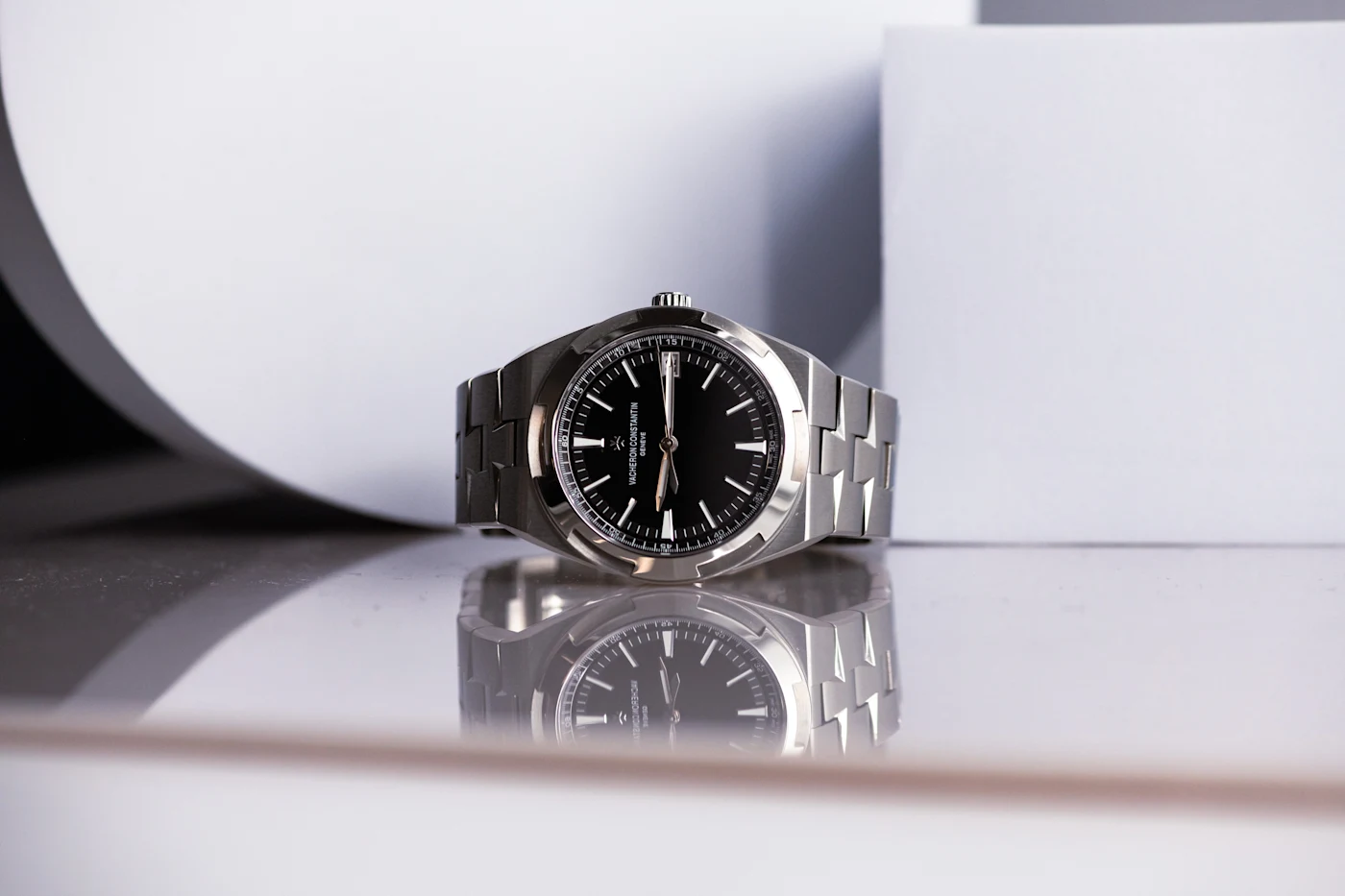




Have your say!